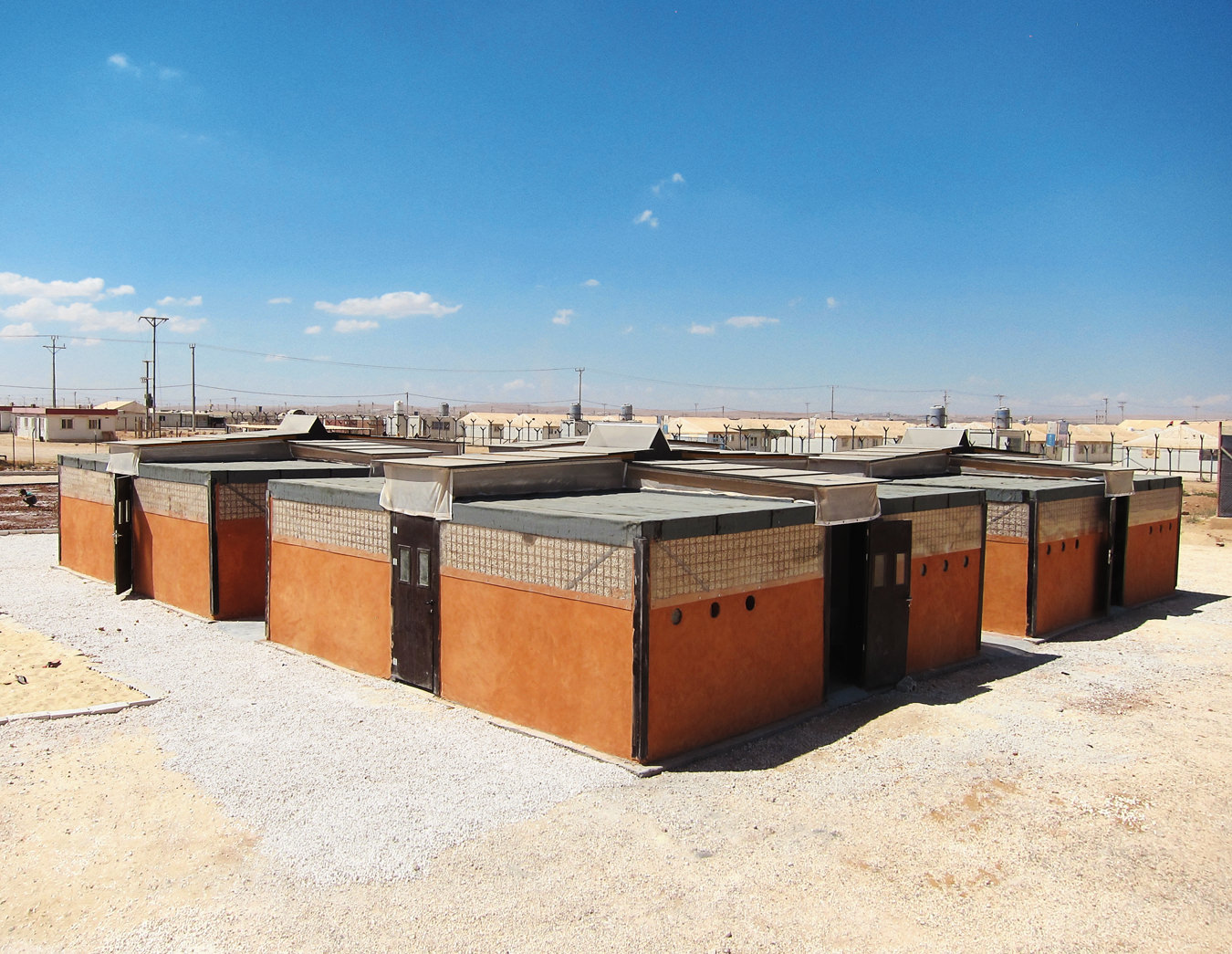Great Small Works
Architect Cameron Sinclair.
“There’s nothing worse than being all mouth and no trousers” is what Cameron Sinclair’s mom always said. Sinclair was the co-founder of high-profile humanitarian disaster and development non-profit Architecture for Humanity (AfH) and, more recently, of a similar, scaled-down for-profit called Small Works. When we meet, he is planning to leave for Ethiopia the next day to oversee a medical centre project, but, for the moment, he is eating cauliflower soup at his dining room table in Sausalito, California, surrounded by the dishevelled domestic space of a person too busy living life to tidy it up all the time.
In 1999, after leaving the Bartlett School of Architecture at 24, the London native and his partner, Kate Stohr, founded AfH with just $700, a website, and a mission that would become the tagline for a two-book series, Design Like You Give a Damn. AfH became a diffuse open-source architectural network made up of thousands of architects and building professionals in 104 countries, with an average age of 32 and a permanent staff of three for the first five years. It focused on local solutions to local problems, from conflict zones in Afghanistan—where projects included new homes built from the rubble of destroyed homes—to post-disaster areas in Nepal and New Orleans. They also instigated a community model home program in Biloxi, Mississippi, which began with seven new buildings and quickly grew to 60 new buildings plus 500 retrofits.
By any measure, AfH was an unqualified success, but as it grew the two went “from designing to managing to managing managers,” says Sinclair. After 14 and a half years of not sleeping, both left for new projects in 2013. Since then, in a single year Sinclair’s deliberately for-profit and small-scale Small Works has completed two schools that are already up and running. “The question was never ‘can architects give back?’,” says Sinclair, “but ‘can architects have a career while giving back?’ ” At Small Works, they design and rebuild after disasters, but also develop schools, health clinics, affordable housing, and community centres with adaptable structures, all while engaging locals in the entire process. The name is a play on words: he wants to be an urban acupuncturist, treating a community with a light, precise touch instead of driving a giant spike into it. “What’s better?” he asks. “Building a bus station or bike routes?”
“The question was never ‘can architects give back?’,” says Sinclair, “but ‘can architects have a career while giving back?’ ”
Now the team is working on schools for displaced Syrians that can be built by the refugees themselves, without water or power infrastructure; they run on solar power and have integrated roof gardens at the same price point as a United Nations classroom tent (which can take nine months to build at $10,000 [U.S.] per tent). They can also be demounted and redeployed back into Syria at a small cost when the time comes to return to a land bombed of its resources. “It’s that adaptation that I’m interested in,” Sinclair says.
Sinclair is skilled at calling statistics, numbers, and analogies to his aid: he describes the global refugee diaspora as a country—in fact, the 24th largest country in the world. “One out of every 121 people is a refugee right now,” he says. “If my Facebook page were the world, at least two dozen of those people would be living in a refugee camp.”
He also asks rhetorical questions that frame issues succinctly: “The materials we use to build schools on the Syrian border are the same materials that the Hungarian government is using to put up walls against refugees. You have a choice: do you put up walls orbuild schools?”
By the end of 2016, Small Works should complete another 10 schools and five libraries. Sinclair also has an idea to design a table made from glacial ice to seat negotiators at a high-level meeting on climate issues. The architect is optimistic because when he looks at a favela, for example, instead of abject poverty he sees a lot of unusually inventive people. He is optimistic because he has ideas and he’s building them, and because he is living the life of a swashbuckling do-gooder with its wealth of deep human connections and once-in-a-lifetime experiences. Even in the face of dire predictions, he remains proactively matter-of-fact: “You have to think about the future. We’re at a tipping point where there won’t be as many jobs and people won’t have the money they once had. How we value life will have to change,” Sinclair says. “Soon it will not be about how much money you have in the bank, but what kind of experiences you’ve had.”








